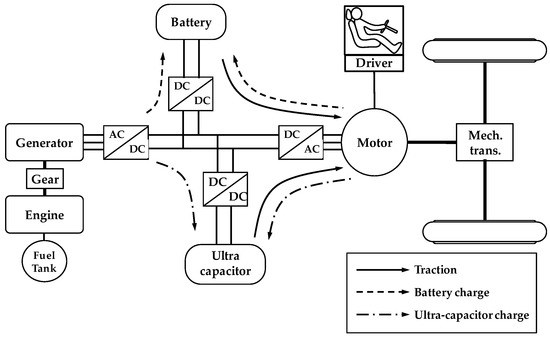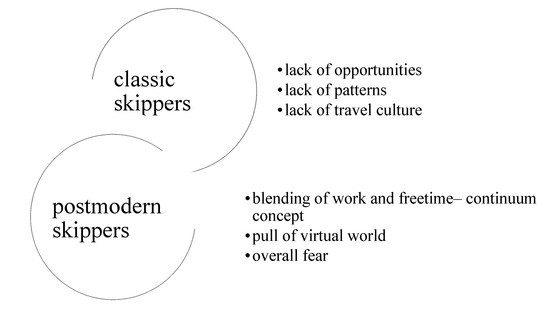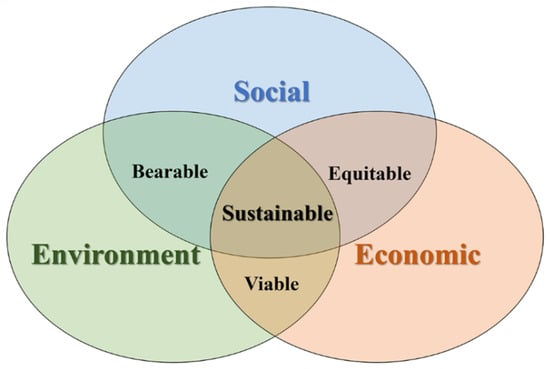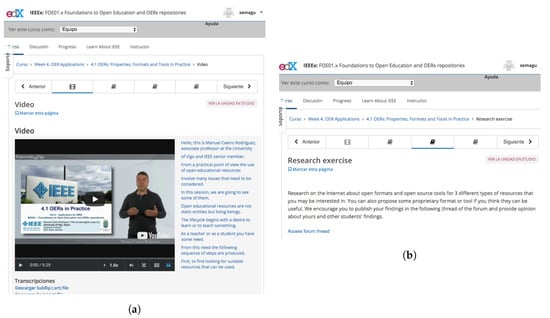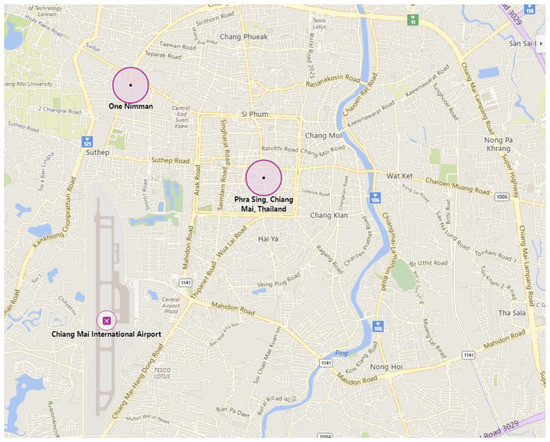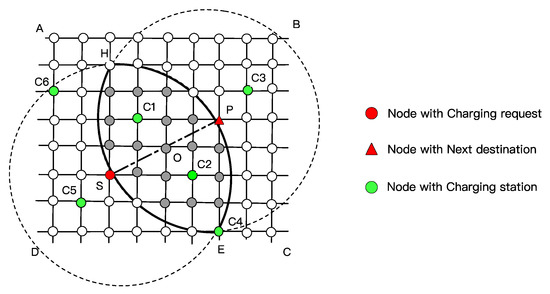Sustainability 2020, 12(18), 7355; https://doi.org/10.3390/su12187355 - 8 Sep 2020
Cited by 12 | Viewed by 7254
Abstract
Evacuation shelters are the most important means for safeguarding people in hazardous areas and situations, and thus minimizing losses, particularly those due to a disaster. Therefore, evacuation shelter assignment and evacuation planning are some of the critical factors for reducing vulnerability and increasing
[...] Read more.
Evacuation shelters are the most important means for safeguarding people in hazardous areas and situations, and thus minimizing losses, particularly those due to a disaster. Therefore, evacuation shelter assignment and evacuation planning are some of the critical factors for reducing vulnerability and increasing resilience in disaster risk reduction. However, an imbalance of shelter distribution and spatial heterogeneity of a population are the critical issues limiting the accessibility of evacuation shelters in real situations. In this study, we propose a methodology for spatial assessment to reduce vulnerability and evaluate the spatial distribution of both shelter demand and resources, considering spatial accessibility. The method was applied to the case study of Mabi, in the context of a disaster caused by the 2018 flooding. We applied this approach to evaluate the area and identified the vulnerability of the evacuation shelters and the residents. The proposed method revealed that 54.55% of the designated evacuation shelters and 59% of the total population were physically vulnerable to the flood. The results highlight, using GIS maps, that the total shelter capacity was significantly decreased to 43.86%. The outcome assessment addressed specific vulnerable shelters and the imbalance between the demand for and resources of each shelter. Accordingly, this study provides practical information and a valuable reference for supporting local governments and stakeholders to improve future disaster planning, prevention, and preparedness.
Full article
(This article belongs to the Special Issue Vulnerability Assessment and Disaster Risk Reduction)
►
Show Figures

